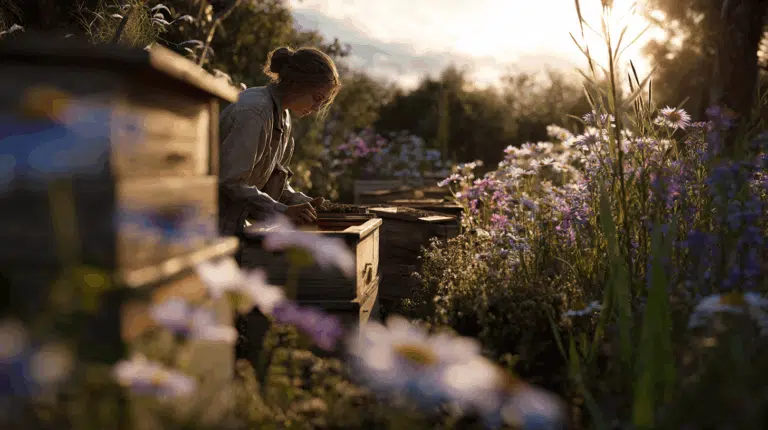Cabbages are robust, nutritious vegetables with sturdy leaves or rosettes, including varieties like white cabbage, red cabbage, kale, and Savoy cabbage. They are rich in vitamins, minerals, and fiber, and are especially nutritious and healthy during the winter months.

There is a wide variety of cabbage seeds, including seeds for headed cabbages (white, red, Savoy), leaf cabbages (kale, kale), cauliflowers (broccoli, cauliflower) and Chinese cabbage.
Sowing times vary by cabbage variety and depend on the desired harvest time. Some cabbages are sown indoors in early spring, while others are sown outdoors later in the spring or summer.
This is possible for many varieties, especially those grown in summer and autumn. For an early harvest, it's best to sow indoors or under glass.
Sow the seeds at a depth of about 0.5 to 1 cm.
For an early harvest, sowing indoors or in a greenhouse is recommended. Sow one seed per pot to avoid damaging the taproot when transplanting.
Yes, cabbage is a "hungry" plant that needs extra nutrition during the growing season. Use a balanced fertilizer or compost.
Crop rotation is the annual rotation of the growing site. This prevents soil-borne diseases and pests, such as clubroot, from building up in the soil.